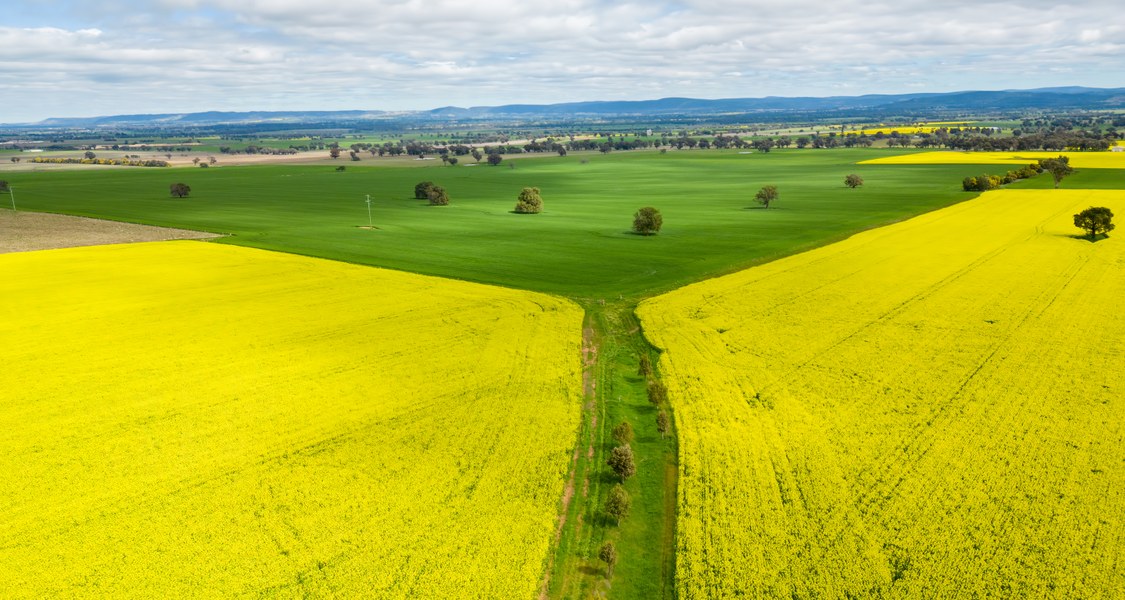18.08.2025 New Publication: Farmland prices and the farming industry’s profitability in Australia
A newly published study in Applied Economics titled "Farmland Prices and the Farming Industry’s Profitability in Australia" by Hassan F. Gholipour, Mohammad Reza Farzanegan, Amir Arjomandi, Sharon Yam, and Florian Gerth sheds light on the evolving dynamics of Australia’s agricultural sector. Released today, the research leverages a vector autoregression (VAR) model to analyze national and state-level data from 1992 to 2022.

Australia's agricultural sector plays a vital role in the national economy, contributing 2.4% to GDP and 11.6% of goods and services exports in 2021–2022. Despite a 59% real-term growth in production from 2002 to 2022—driven by technological advancements and global demand—the industry faces challenges such as climate volatility, commodity price fluctuations, and rising farmland values. Farmland prices have surged from approximately $828 per hectare in 1992 to $4,033 in 2022, raising concerns about their impact on sector profitability, measured here by the rate of return.
The study reveals that, at the national level, farmland prices respond positively to a shock in farming profitability, but with a lag of about five years. This delayed reaction may stem from the real estate market's inherent sluggishness, including long transaction times and substantial capital requirements. Conversely, rising farmland prices do not directly affect profitability; however, they indirectly diminish it by increasing production costs, such as higher property taxes, insurance premiums, and borrowing expenses. Variance decomposition analysis further supports this, showing that profitability shocks explain up to 25.4% of farmland price variations after ten years, while farmland prices account for only about 1.7% of profitability variations over the same period.
At the state level, similar patterns emerge across New South Wales, Victoria, Queensland, Western Australia, South Australia, and Tasmania, though with shorter lags of 2–5 years in most cases. Profitability shocks positively influence farmland prices in five states, with the strongest long-term effects in South Australia (explaining 37% of price variations after ten years). Queensland stands as an outlier, where extreme weather events—such as droughts and floods—may deter price responses despite profitability gains, highlighting the sector's vulnerability to climate risks.
The findings underscore that while strong profitability drives farmland price increases, these elevated values create a feedback loop that could constrain industry growth through higher costs. Implications extend to policymakers, who may need to address rural displacement and environmental pressures from intensive farming; to farmland valuers and real estate professionals, for refining models amid infrequent transactions; and to investors, who should consider state-specific risks, including climate change projections.
This open-access article is available online at https://doi.org/10.1080/00036846.2025.2547112.
Kontakt
Prof. M.R. Farzanegan